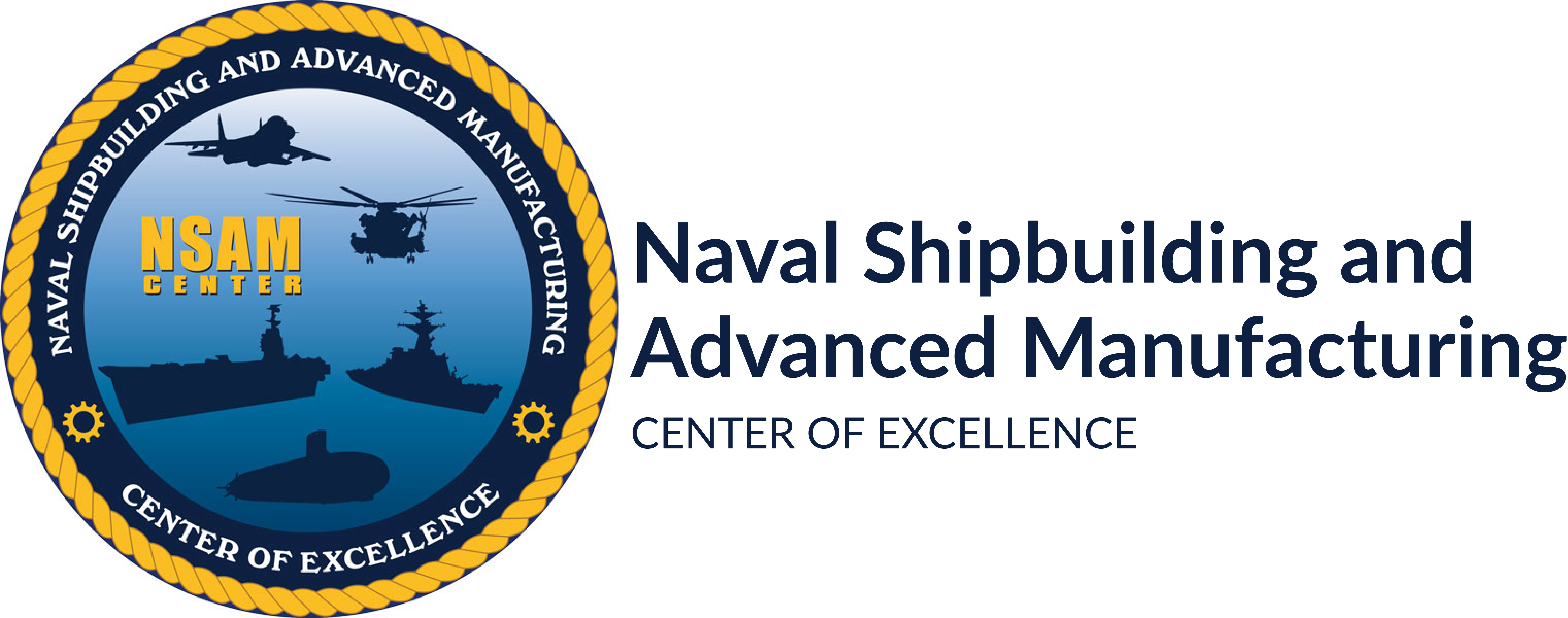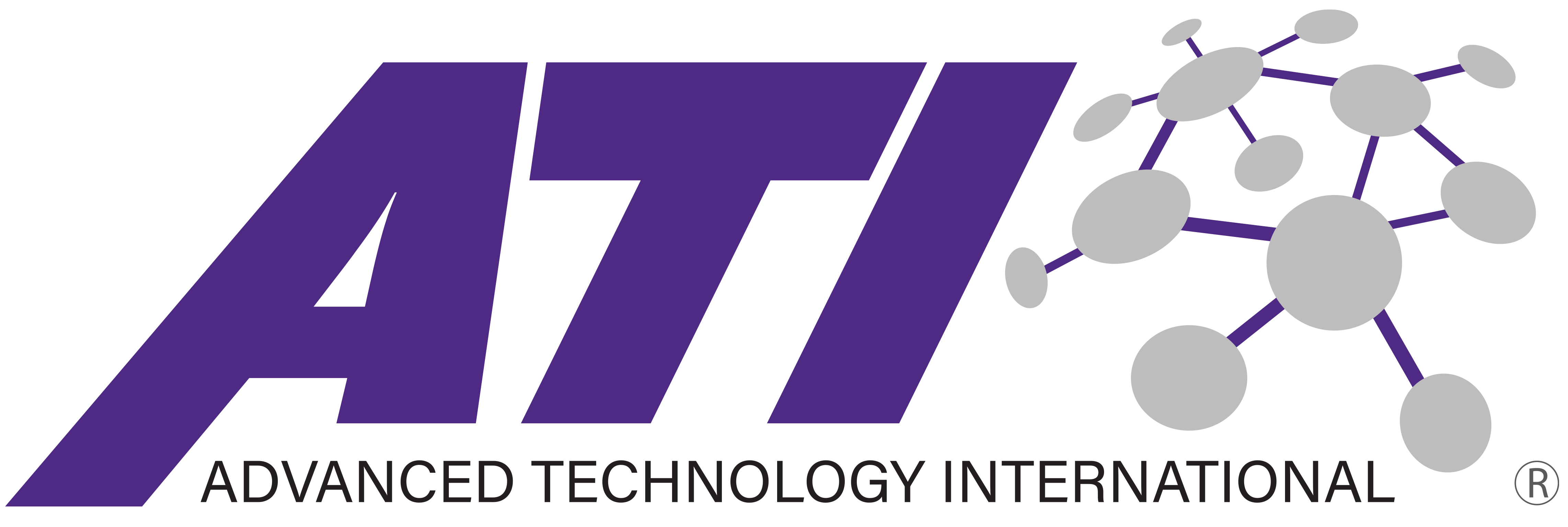Project Participants: Northrop Grumman Shipbuilding-Newport News
Project Start: August 2004
This Northrop Grumman Shipbuilding – Newport News project was performed to determine the feasibility of joining HSLA-100 with 60°F preheat using high heat inputs with both the mechanized pulsed Gas Metal Arc Welding (GMAW-P) and SAW processes.
The project was divided into three phases, the first being a literature search which determined that there is a potential for using higher heat inputs to slow weld cooling rates thereby allowing use of lower preheat temperatures. The second phase of the project was a screening test that to confirm that higher heat inputs would reduce the level of cracking and to determine the heat input level needed to avoid cracking. The results for both SAW and GMAW-P indicated that increasing heat input reduced the level of cracking to the point where cracking was essentially eliminated at heat inputs above 100 kJ/inch. The third phase consisted of making full scale weldments on 2″ and 3″ thick HSLA-100 with the SAW process and 2″, 3″ and 4″ thick HSLA-100 with the mechanized GMAW-P process. The completed welds were radiographically and ultrasonically tested. Mechanical testing included all weld metal tensile and charpy impact specimens. In addition, one transverse and two longitudinal macros were evaluated for hydrogen cracking.
The full scale weldments demonstrated that it was feasible to weld up to 4″ thick HSLA-100 with 60°F preheat using the GMAW-P process. Unfortunately, it was not feasible with the SAW process based on hydrogen induced cracking found with ultrasonic testing and macro examination. The relatively high temperature gradients and fast travel speeds associated with the SAW process resulted in a cooling rate that was too fast to allow sufficient time for hydrogen to diffuse.
Project Related Reports & Documents
CNST Project Will Investigate High Heat Input Welding of Thick HSLA-100




